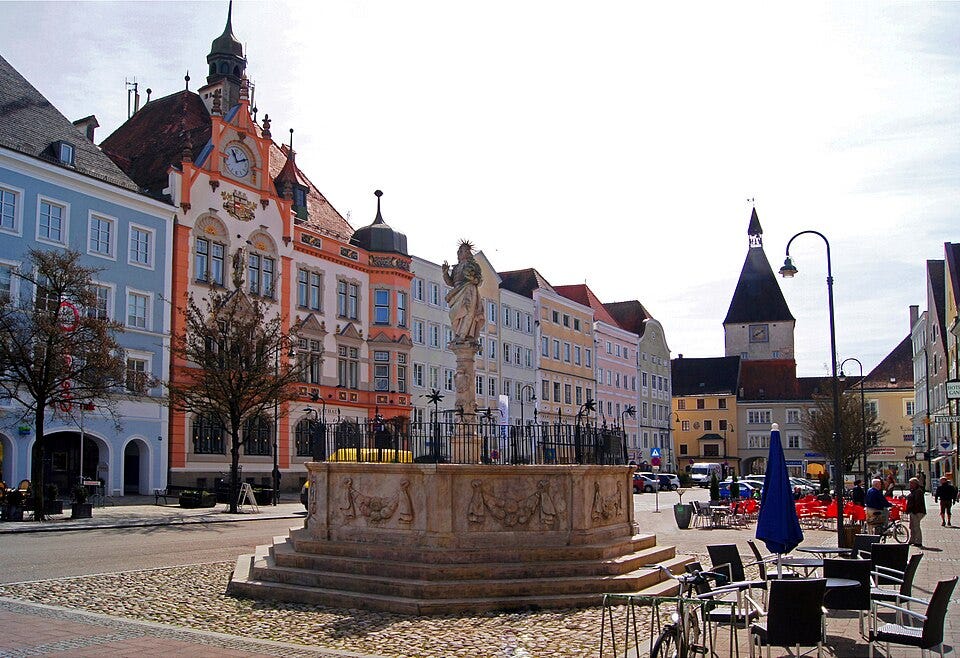Braunau will never not be Hitler's birthplace
But locals disagree what this means for their town's identity
Keep reading with a 7-day free trial
Subscribe to ZEITGEIST to keep reading this post and get 7 days of free access to the full post archives.


